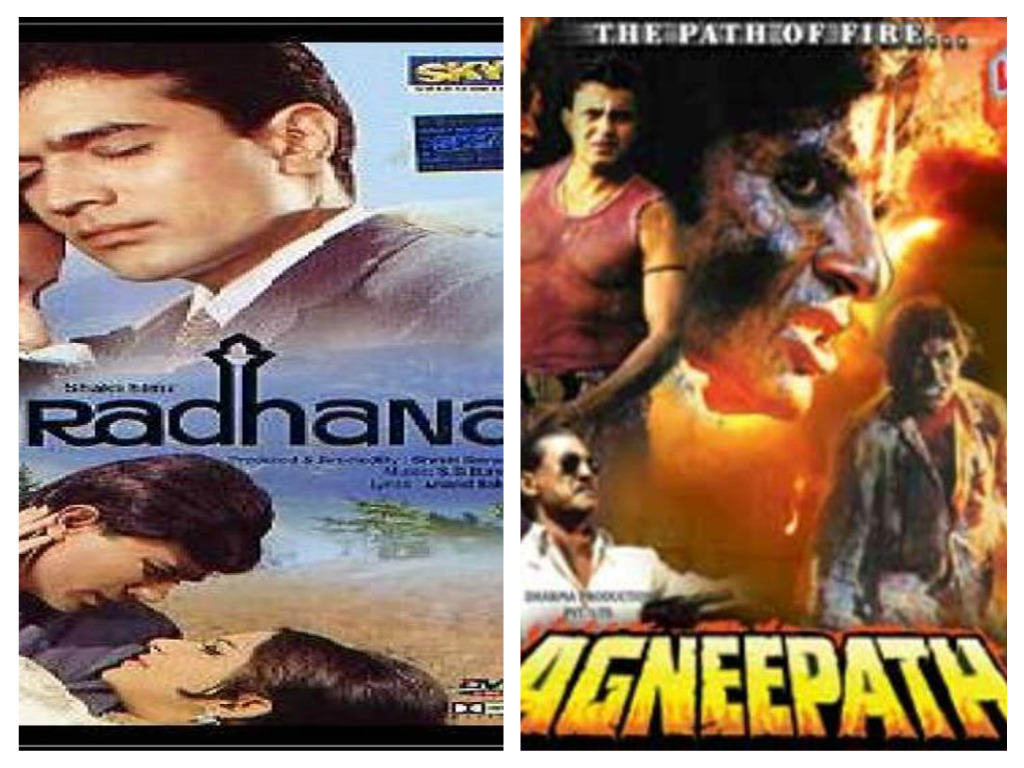
Agneepath. Sarkar. Kaante. Players. Aradhana. Sholay. Sangharsh. A never-ending list. In case you think we are listing our favourite Bollywood films, you’re wrong. Listing copied, unoriginal films is a more tiring job.
Why only films? Posters. Songs. Trailers. We might lose track of such “inspired” creations from Bollywood. When we dig in and look for an answer, we are only surprised.
India produces second highest number of films in a year, in the world. We don’t run short of film schools. None can blame our youngsters that they lack imagination and creativity. Then what’s it with copying? Short cuts, easy access to fame, or simply cutting off on hard work?
A good number of foreign films with relevant storylines, subtle performance of actors and sharp technicalities go unnoticed every year, at least by the Indian audience. Most of the times the reason being, they don’t smell sufficient audience here and therefore don’t forecast good business prospect either. However, the debate lies within the question whether a filmmaker is expected to take advantage of such instances.
We have remakes of almost all products. In the post globalisation era where almost everything is commercialised, one might consider films as products too; and in a way, that’s true. It requires investment (this is without underestimating the independent filmmakers who work with very less fund), it is a source of earning of many, and we expect a Return On Investment here. But, there’s something more to it. Unlike any other product where you only need to assemble a few pieces of hardware or create chemical reactions between two ingredients, films need sensitivity, sixth sense, creativity and most of all, eyes to see. India is a country of 130 crore people where most of us see what we believe. Who dares to underestimate a film’s potential to reach out to the mass? Shouldn’t our filmmakers be a little more couscous towards a film’s immense power to make or break opinions? The sentiment of the mass?
One might ask, what’s the harm? None. You are free to pick up a film, get “inspired” from it and make a by-product of it. You’re simply depriving yourself of the joy that comes out of creating something original. It doesn’t end there though. We live in a global village where sitting in India one can catch a Russian film or Sitting in USA, one can find a film from middle East. Thus, it’s super easy for us to find out the source of your “inspiration”, you know? The media mocks at you. We, the viewers, make fun of you. But how does that matter to you? You’ve already started getting “inspired” for your next piece of gem.
Day by day, the number of serious viewers is growing; which is a great news. They expect original content from the filmmakers. While you copy, also remember that you’re responsible for creating a legacy for the next generation. The coming generation is going to watch and learn from what we create and leave for them. If there’s nothing original that we are leaving, we are paving ways to them towards intellectual poverty, an intellectual void. Ask yourself, is that healthy?
On the contrary, we have those people who’re trying their best to do well in experimental films. With minimum funds, limited equipment and never ending enthusiasm, they try to come up with new concepts. If the big shots sitting on the top of the industry who have access to maximum resource choose to gift us with only second hand stuff, why do we spend money to buy their films at all? Isn’t that an unequal distribution of wealth as well?
It’s like, growing adult is a process. For Indian cinema, the process started with the pioneers in parallel cinema; Satyajit Ray, Shyam Benegal, Adur Gopalakrishnan. Since then we’ve taken a lot of pride on the legacy we are blessed with, but have added very little to it.
Adulthood is knocking at the door. Embrace into it.
Journalist. Writer. Reader. Enthu cutlet. Mood-swing machine. Day dreamer. Sandwiched between ‘live life fully’ and ‘lose some weight’. Mantra of life: Love and love more.


























Leave a Reply